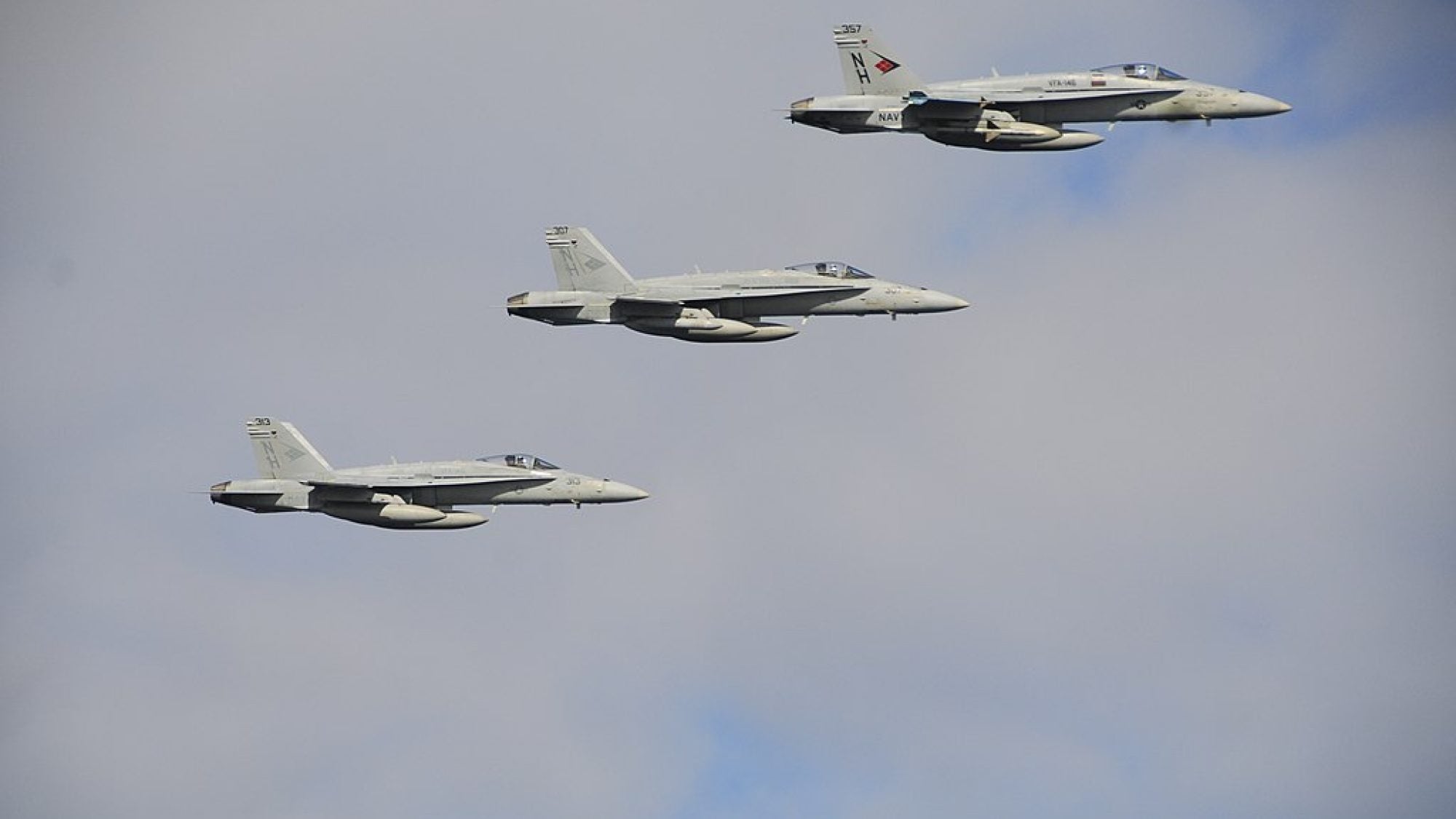Even as America continues its withdrawal from Afghanistan, a crucial problem is emerging for the U.S. defense establishment. It must meet an increasing variety of threats with decreasing resources. Despite the fervent wishes of those who seek to refocus on state versus state war, the spectrum of conflict continues to expand. Further, defying the Pentagon’s best efforts to fight short, decisive wars, today’s wars are often ambiguous, indecisive, and protracted.
While the demands increase, defense resources are being squeezed by three major factors. First, and most obvious, are the looming cuts in the defense budget. Second, is the inability of the Department of Defense (DoD) to control the cost of new weapons systems. Third, is the near doubling of military personnel costs since 2001. Balancing the demands of the expanding spectrum of war with the decline in defense resources represents the fundamental issue for defense planners. To succeed, the Pentagon cannot continue to operate as it has over the last two decades.
This article will take a brief look at the expanding spectrum of threats, as well as the concomitant budgetary pressures that face U.S. defense. It will then address the strate- gist’s fundamental problem of achieving balance among ends, ways, and means. It will close with modest suggestions for how to match today’s declining resources with expanding demands. (purchase article…)
Dr. Thomas X. Hammes is a Senior Research Fellow at the Institute for National Strategic Studies at the National Defense University. In his thirty years in the Marine Corps, Hammes served at all levels in the operating forces to include command of a rifle company, weapons company, intelligence company, infantry battalion and the Chemical Biological Incident Response Force. Hammes is the author of “The Sling and the Stone: On War in the Twenty-First Century” and over 80 articles and opinion pieces.
Image Credit: U.S. Department of Defense Current Photos, Public domain, via Wikimedia Commons
This is an archived article. While every effort is made to conserve hyperlinks and information, GJIA’s archived content sources online content between 2011 – 2019 which may no longer be accessible or correct.

